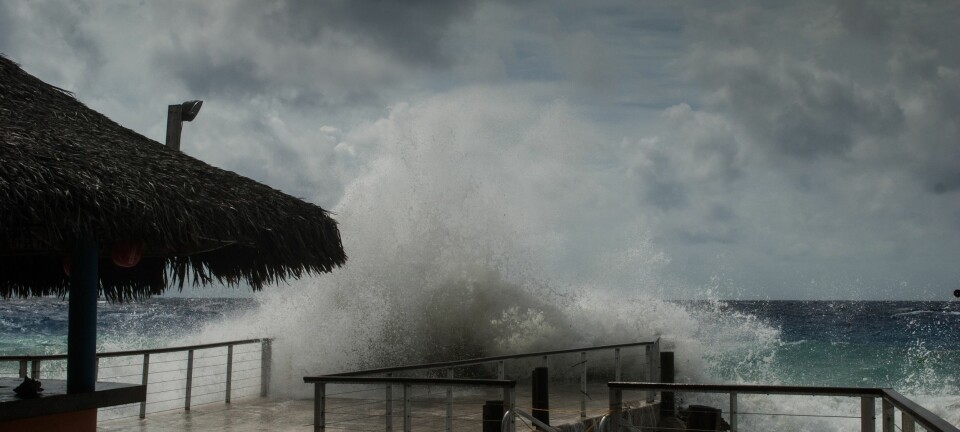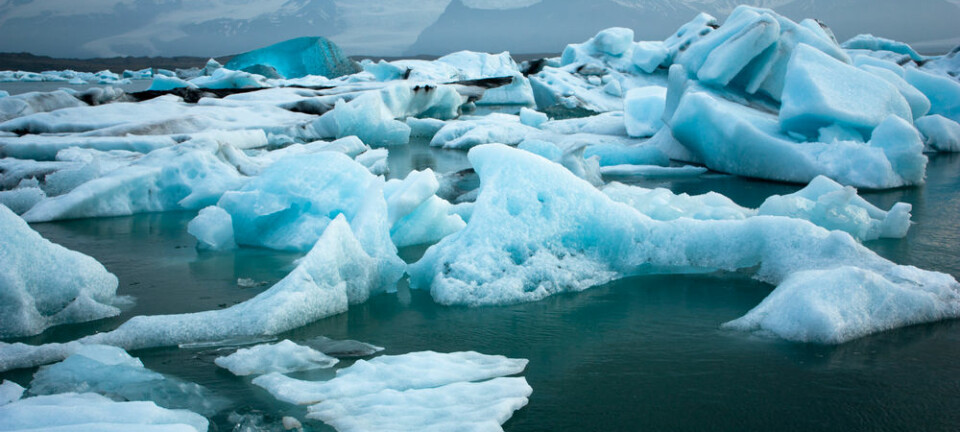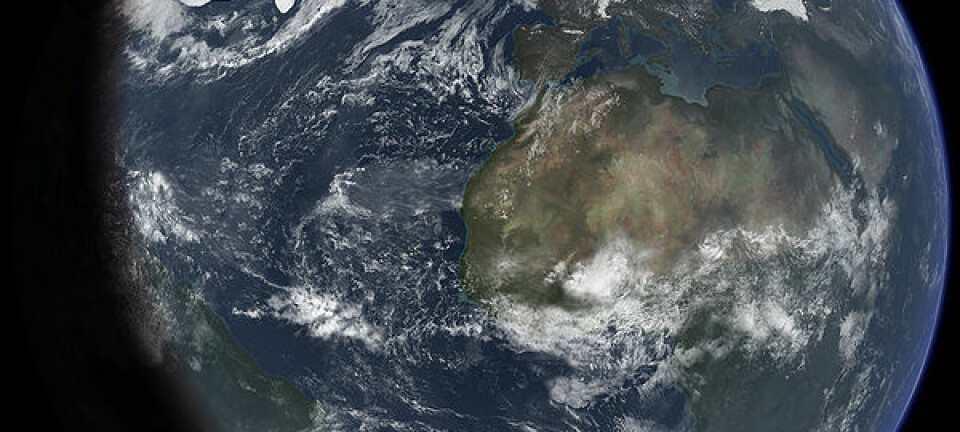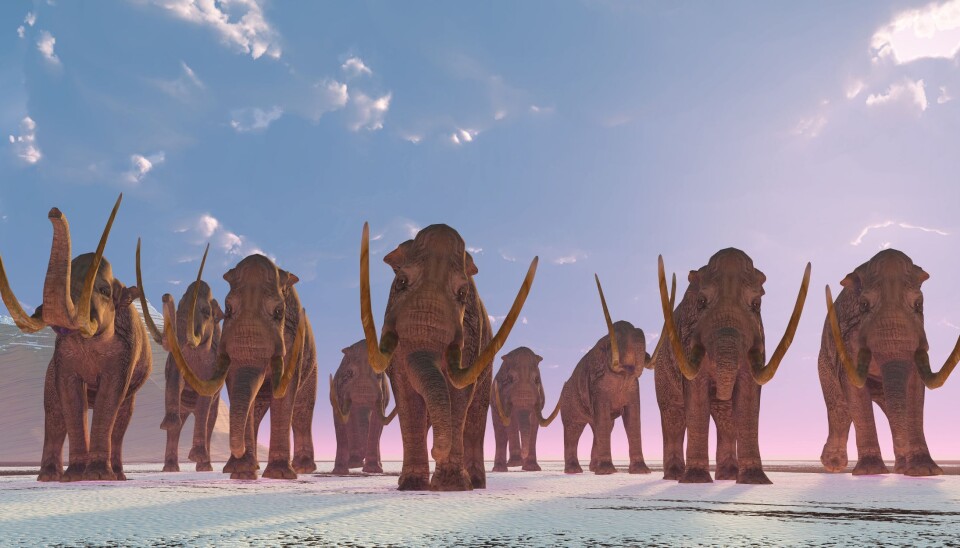
What makes the climate change? Part two
Dig deeper into the geological past to learn more about the large swings in climate throughout the Earth’s history.
The Earth has been exposed to many changes in climate throughout its 4.6 billion-year-long history. During this time it has experienced ice ages, while at other times, extreme warmth has prevailed.
But how can we explain these natural variations in climate and identify man-made climate change today?
To do this we need to understand the complicated interactions between all of the processes that control climate.
Some mechanisms occur due to external phenomena, such as changes in the Earth’s location in relation to the Sun and variations in the sun’s energy. Other processes are related to phenomena that are internal to our planet, such as plate tectonics and volcanism, or variations in ocean currents and winds in the atmosphere.
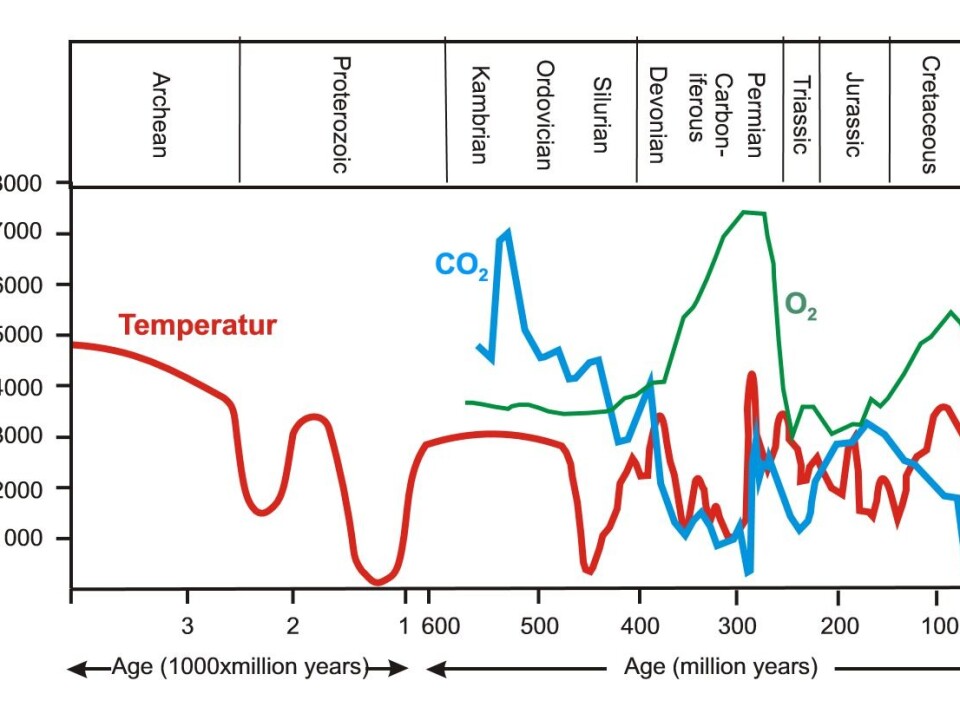
In this article we dig deeper into our geological past and discuss the processes that have led to large swings in climate throughout the Earth’s history.
You can read about the processes that drive climate on shorter time-scales, including the most recent man-made climate change, in the first article in this series.
Read more: What makes the climate change: Part one
The Greenhouse effect throughout the Earth's history
The greenhouse effect occurs because the Earth’s atmosphere traps part of the warmth that would otherwise disappear from the planet’s surface into space. Greenhouse gases are crucial for life because without them the Earth could not hold on to any of the energy that it receives from the Sun and our planet would soon enter a deep freeze.
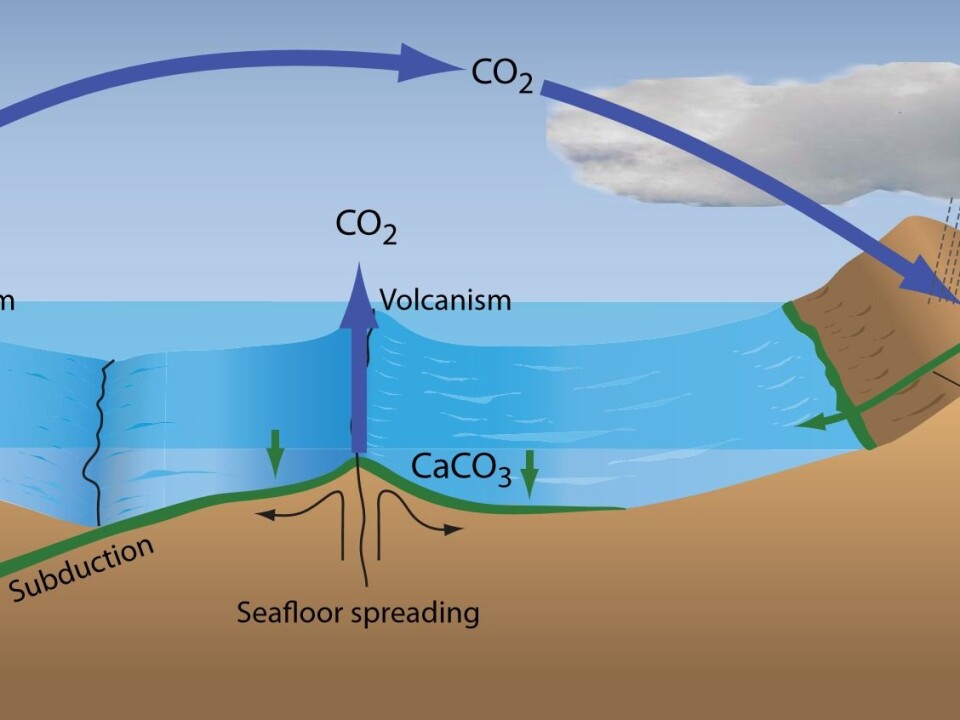
What’s more, small changes in the amount of greenhouse gasses can have a big effect on the Earth’s climate.
Our atmosphere first formed by out-gassing of nitrogen, steam, and carbon dioxide (CO2) from inside the Earth. Since then, both volcanic activity and plant growth have caused large variations in the atmospheric content of CO2.
A significant drop in CO2 in the late Silurian and Carboniferous periods is thought to be associated with the emergence of more complex plants and many of the world’s large coal deposits originated during this time--in the Carboniferous (360 to 300 million years ago).
These natural processes generally led to more gradual, slow changes than the man-made climate change that we are experiencing today.
Plate tectonics control climate on geological time-scales
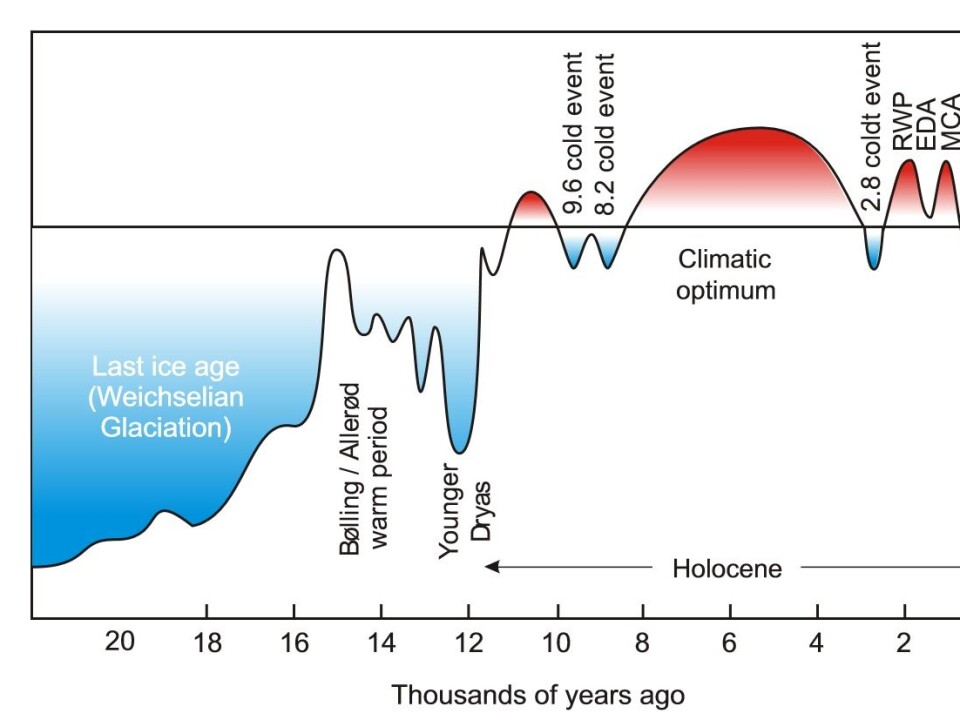
Throughout the Earth’s history there have been long periods of time where glaciers (ice caps) have covered large swathes of the continents for millions of years and other periods where the ice completely retreated, even from the highest of mountain peaks. We have been in such a period for the past 50 million years, where the Earth has gradually become colder and ice caps have advanced.
These long-lasting climate changes have occurred due to plate-tectonic processes that have shifted continents and even control the amount of greenhouse gases in the atmosphere over geological time-scales.
Large tectonic activity causes more volcanic eruptions, whereby CO2 and other gases are released to the atmosphere.
Read More: Volcanic eruptions hastened the end of the last ice age
One example of this is the Carboniferous period, during which the Atlantic Ocean was formed. At this time, large amounts of greenhouse gases were pumped into the atmosphere causing the amount of CO2 to increase. In fact it was up to ten times higher back then than it is today, while the average global temperature was 10 to 15 degrees Centigrade higher.
But when volcanic activity subsides, so does the release of CO2 to the atmosphere causing the Earth’s temperature to fall.
Atmospheric CO2 also drops during periods of mountain formation. Young mountain ranges leave fresh material that can be chemically broken down. During this process known as chemical weathering, the free CO2 in the atmosphere is used to convert certain minerals in this weathered rock to calcium carbonate by the following chemical process: CaSiO3 + CO2 → CaCO3 + SiO2.
It is this process that occurred during the formation of the Himalayas, the Alps, and the Andes, which means that atmospheric CO2 is lower and the mean global temperature is relatively cool today compared with Earth’s deep geological past.
Read More: Norwegian mountain plateau could be several hundred million years younger than presumed
Astronomical factors drive ice ages and interglacials
Around 2.6 million years ago, a shift in climate meant that the Earth suddenly became considerably cooler. It was the start of a period dominated by cold ice ages where ice sheets and glaciers expanded across large parts of the northern hemisphere, separated by warmer periods known as interglacials.
Today we live in one of these interglacial periods, which began 11,700 years ago. This shift to a regime of alternate ice ages and interglacials was primarily related to changes in the Sun’s radiation, due to variations in the Earth’s axial tilt and direction, and the shape of the Earth’s orbit around the Sun.
These changes can be calculated both for the past and for the future and so it is also possible to estimate when the next ice age is due to begin. Some have suggested that the next ice age is due soon, as we are approaching the end of the typical length of interglacials — around 12,000 to 15,000 years. But astronomical calculations show this is in fact not the case.
Ocean Circulation: The ocean’s climate pump
The Sun’s radiation is a trigger that influences other processes, but the ocean has a much more direct impact on climate.
Ocean currents distribute energy absorbed from the Sun, most of which occurs at the equator, and have a massive influence on climate around the world.
One of these important ocean circulation systems begins in the seas north of Iceland. Here evaporation and the formation of sea ice leads to density differences initiating this ocean conveyor belt.
Salt doesn’t evaporate, meaning that the remaining ocean water becomes more and more salty and dense as seawater evaporates at the surface of the ocean.
Even more importantly is the sea ice that forms in the Arctic when the surface water cools. Since freshwater freezes more easily than salt water, sea ice contains very little salt with most salt remaining in the unfrozen ocean water below.
Read More: Greenlandic fjords get their organic matter from Russia
This salty water is dense and sinks to the bottom of the ocean, where it forms what is known as bottom water that runs south along the bottom of the ocean and spreads out to the deep oceans.
This flow of bottom water is compensated with water from other sources. For example, a surface current from the Pacific and Indian oceans flows up along the coast of Africa and on to the Caribbean and the Gulf of Mexico, where it warms before moving towards Europe and continues to the north.
This results in a net transport of warm water to the north, known as the Gulf Stream. This transport of warm water from the sub-tropical part of the Atlantic is why the climate of Northwest Europe is warmer than it might otherwise be. In the western North Atlantic, the Gulf Stream meets the Arctic East Greenland Current, where small changes in the relative strength of these two currents can have a big influence on the climate.
Read More: Is a vital pattern of ocean circulation about to shut down?
A more accurate projection of Earth's climate
So we understand a lot of the processes that drive the climate on both short and long time-scales. And this allows us to describe the various mechanisms that can explain climate change in the past and to understand the processes that are changing the climate today.
But there are still many details that we still do not fully understand. For example, we know that sea ice in the Arctic is melting but it is happening faster than expected. And we still do not know if rising global temperatures will cause the Gulf Stream to slow down and lead to cooler temperatures in Scandinavia. Examples from the history of the Earth suggest this has happened before, but we do not have enough data to know for sure whether it could happen any time soon.
We know that even though the global climate is becoming warmer, locally, some regions can cool, while some places may become drier, and others will experience extreme rains. But the details are still uncertain.
We therefore still need to study natural archives of climate change in the past, such as ocean sediments and ice cores to understand these processes in more detail. And we should also continue to improve climate models. Both of these are necessary to give a more precise projection of the future climate, which will allow us as a society to take precautions and adapt to prepare ourselves for climate in the years to come.
In the next article in the series we will learn more about how temperatures have been changing in Denmark over the past 140 years.
---------------
Read this article in Danish on ForskerZonen, part of Videnskab.dk
Translated by: Catherine Jex


